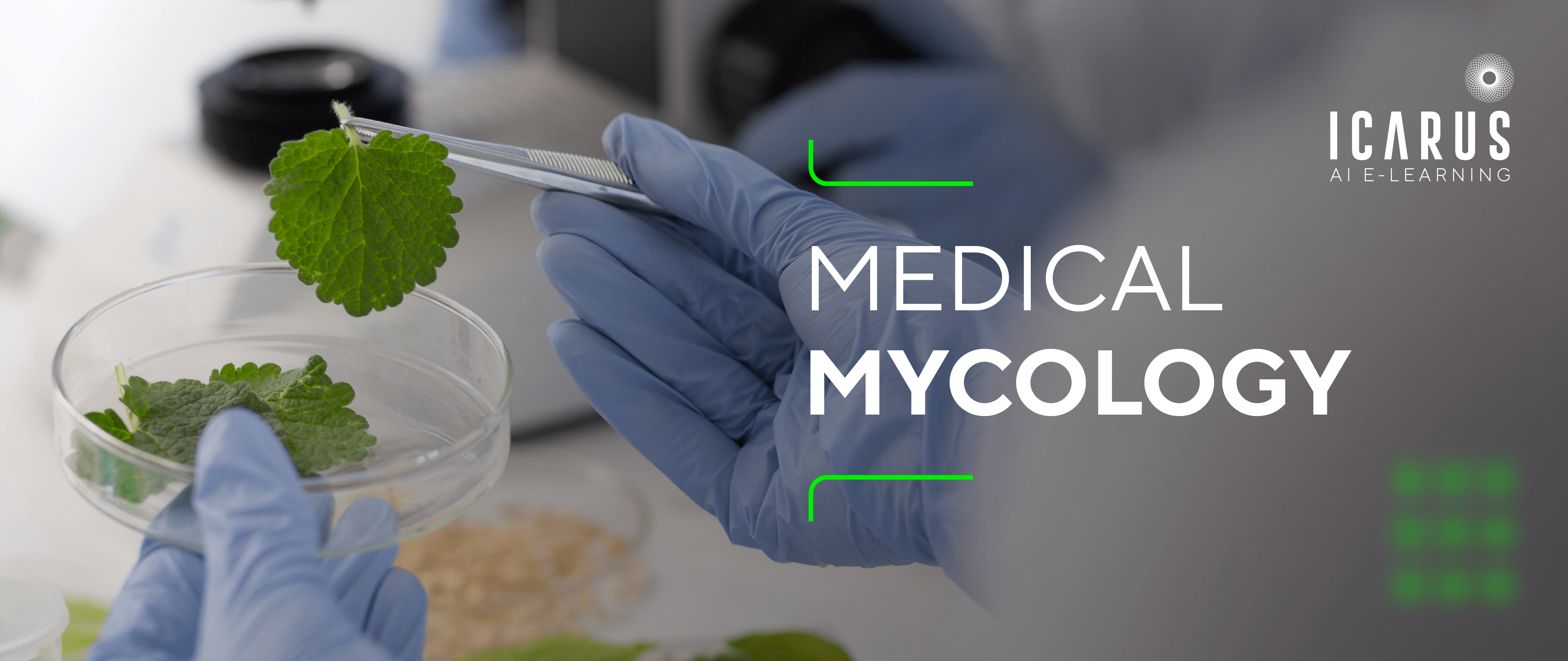
Course Details
Fungi whether pathogenic or non-pathogenic shape our ecosystem. Some non-pathogenic fungi produce important antibiotics & mycotoxins however some cause fungal infections in plants and animals. The fungal infections are the cause of millions of human deaths every year. The fungal disease are caused when host-fungus interaction in immune compromised individual increases. The fungi can be acquired through community and as well as international travel. Medical Mycology course will provide initially general overview of basic mycology - characteristics, evolution and parthenogenesis of fungi. Further the course will guide students through superficial Mycoses, cutaneous Mycoses, subcutaneous Mycoses and opportunistic Mycoses. Students will also learn about major trends in fungal immunology ( Pathogen Recognition Receptors and Pathogen Associated Molecular Patterns). As the fungal infections are rising, the topics pertaining to antifungals resistance will also be covered. As medical mycology research is making seminal discoveries, students will also be able to learn medical mycology laboratory safety procedures, morphological identification and molecular examination of fungi.
- Medical Mycology - General characteristics of fungi, morphology of fungi ( molds & yeast with dimorphism).Classification of fungi, ecological interaction of fungi, evolutionary biology of fungi, parthenogenesis and fungal immunity.
- Mycoses - What is mycoses and its sub-types - Superficial & Cutaneous mycoses ( Tinea infections), Subcutaneous mycoses ( Sporotrichosis, Maudromycosis, Phaeohyphomycosis, Chromoblastomycosis and Rhinosporidiosis), Systemic mycoses ( Blatomycosis, coccidiodomycosis, paracoccidiodomycosis, histoplasmosis) and Opportunistic Mycoses ( Candidiasis, Aspergillosis, Zygomycosis, Cryptococosis, Malaseziasis, Pneumocystis ).
- Fungal immunology and antifungals - Recognition of Pathogen Recognition Receptors (PRR) on immune cells and Pathogen Association Molecular Patterns (PAMPs) on fungi elicit the immune responses for protection. Application of polyenes and azole for treatment of fungal infections.
- Laboratory Mycology- Identification, transportation and processing of morphological infections, morphological & molecular examination methods and laboratory safety.
Lessons
Characteristics, morphology and classification of fungi
Evolution of non-pathogenic & pathogenic fungi and ecological interaction of fungi with environment and host
Activation and inactivation of signaling pathways within fungi alters cell shape and cell surface chemistry
Superficial mycoses are fungal infections of hair, nail and nail. And Cutaneous mycoses are superifical fungal infections affecting skin and its appendages
Subcutaneous mycoses is caused by heterogenous fungi infecting skin, subcutaenous and underlying tissues and organs.
Opportunistic fungi causes deep root infections of respiratory tracts, alimentary canal and intravascular devices
Fungi express glucan, mannan and chitin on their surface which allows them to interact with receptors of immune cells, leading to activiation of signaling pathways within the fungi for defeence and within the immune cells to secrete cytokine & do phagocytosis
Antifungals and inhibitors act by suppression of the expression of cell surface carbohydrates and proteins
Antifungals such as flucanozole and amphoteric B are most commonly used in treatment of fungal infections however recent trends have shown resistance
Working in a mycology laboratory requires specialized biosafety levels and procedures to ensure safe working for all researchers and instructors.
Fungal characterization requires identification by examination fungi using morphological and molecular tools. Transportation of clinical samples requires specialized procedures and isolation & processing of clinical fungal infections for research requires biosafety level procedures.
Every fungi is unique from others in some characteristics and due to diversity of fungi - various morphological and molecular techniques are employed to assess the fungi


